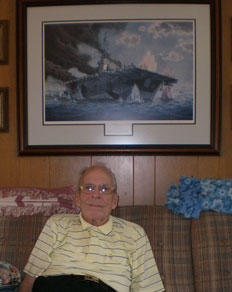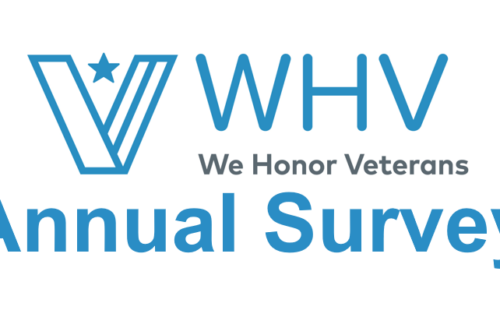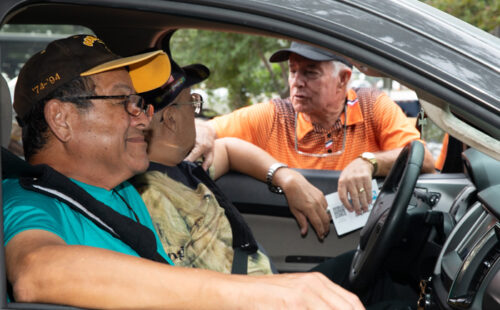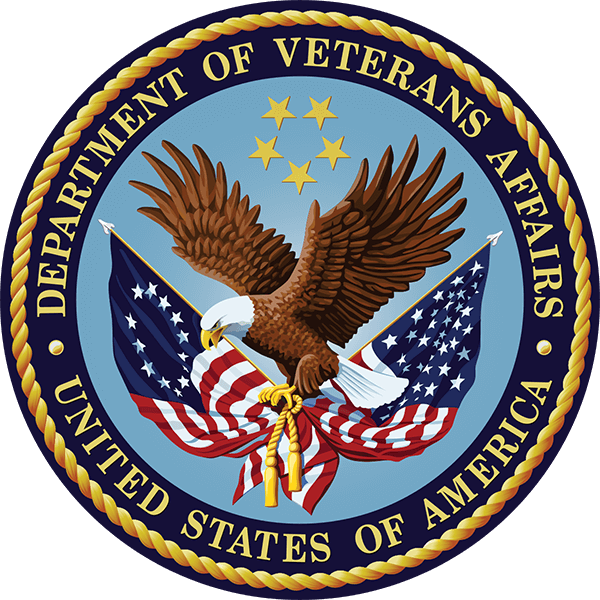
Note: It is our pleasure to reprint this story about Charlie Heinl, a WWII vet currently receiving hospice services through State of the Heart Hospice. State of the Heart cares for families and patients in eastern Indiana and western Ohio who are confronting a life-limiting illness. This hospice is a national partner of We Honor Veterans.
On January 4, 1944, Charles (Charlie) Heinl left his hometown of Minster, Ohio at age 17. Little did he know that 10 months later he would be involved in the tragic sinking of the ship he was aboard, the USS Gambier Bay, and he himself would survive 42 hours hanging onto a life raft in the Pacific.
It happened 67 years ago, and the memories are captured in Heinl’s story which is one of the personal accounts of that tragic ocean battle on October 25, 1944. Heinl’s ship, a small escort carrier, was attacked by Japan’s largest battleship, the Yamato. The ship, Hienl recalled, “was monstrous.”
Today, Heinl, 85, of Maria Stein, OH, is a State of the Heart Hospice patient and is considering attending the annual reunion of the estimated 800 men who survived the Japanese attack. More than 120 of the ship’s sailors were killed.
The reunion is scheduled for October, 2011 in St. Louis. Time has taken its toll on the number of survivors, Heinl explained; only about 13 are still living and will likely attend. Whether he goes or not depends on his health and is somewhat “iffy” explained his wife Rita. An optimistic Heinl, responded, “There’s still a chance.” Family members have helped the couple attend in recent years. Heinl was one of the youngest men on the ship.
Heinl recalled he “jumped” into the water as the ship was going down. For a day, he had no life jacket and hung perilously to a life raft with other sailors. “As we watched back, we saw the ship roll over on its hull and begin to sink bow first, exposing the screws. It then sank,” he explained in his personal account of the battle on a “survivor’s page” on the Internet story about the sinking of the USS Gambier Bay.
In his account, he tells of the six to eight foot swells of water and how he and others took turns hanging onto the raft. “The men began seeing sharks and I thought I saw them too. Someone close to me was attacked. As time went on the sharks became a real menace.”
It was not until six hours after the Gambier went down that orders were issued to conduct a search and rescue mission. Staying alert and being aware of hallucinations became a problem as Heinl and the others struggled to stay awake. On October 27, 1944, they were finally rescue by a US PC boat. “The men rescuing us said they couldn’t get us out of the water fast enough as there were a lot of sharks in the area.”
Heinl escaped with only minor injuries and was later discharged from the Navy. But, his connection with the USS Gambier Bay was not over. Heinl, just as others, never got to see his shipmates again after the sinking of the ship. They all went their separate ways on various Navy assignments. That fateful day, however, lived in their minds. Just as others, Heinl, spoke rarely of his narrow escape from death. His dark memories of that day remained buried.
However, the thought of seeing his shipmates again lingered with him. He and several others he had contacted spent nearly two years trying to reconnect with their shipmates. “He would find phone books and get phone books of various cities across the country from friends and search through them for names of the survivors,” his wife explained.
Then, one day in October, 25 years to the day that the USS Gambier Bay went down, the survivors gathered for a reunion. It was the first time they had seen one another since the ship was sunk.
“I have never seen so many men cry at one time,” said Mrs. Heinl. “Charlie had never talked of the sinking of the ship much until then. I think it helped them all to openly talk about what they all went through.”
Heinl became active in the group and served as president, treasurer and secretary. Today, his son Mark has taken his position on the board. The couple has another son, John. The couple said they appreciate their hospice services. “Everyone is very nice and helpful to us,” Heinl said.
To this day, Heinl feels lucky that he was not seriously hurt in that tragic ship sinking 67 years ago. “I am happy to be alive after that experience,” he said from his comfortable home where he and Rita have lived for the past 56 years.
State of the Heart Hospice is very pleased to be part of NHPCO’s We Honor Veterans initiative. Kelley Hall, education coordinator for State of the Heart said, “All hospices nationwide are serving veterans, but in many instances are not aware of the patient’s Armed Forces service. Our veterans have done everything asked of them in their mission to serve our country and now it’s our turn to proudly serve them. Now, it’s time for us to step up, acquire the necessary skills and fulfill our mission to serve these men and women with the dignity they deserve. State of the Heart Hospice is proud to be providing care to Mr. Heinl.”
The NHPCO launched the “We Honor Veterans” campaign as a collaborative effort with the nation’s VA Centers. The resources of We Honor Veterans focus on respectful inquiry, compassionate listening, and grateful acknowledgement, coupled with Veteran-centric education of health care staff caring for veterans.
By Larry Kinneer,
State of the Heart Hospice






